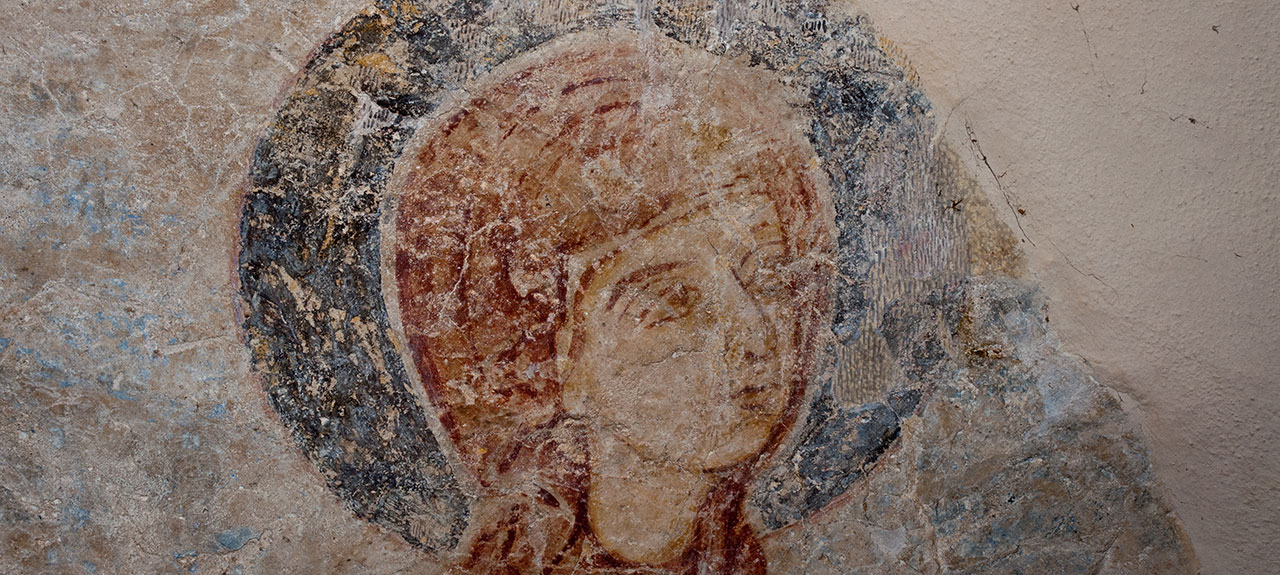Mappings on the Catholic Church St. Kilian in Lügde
With a click on the preview image you can see the selected Mapping Plan (German version). You can call up operating instructions by clicking on the question mark button at the lower right-hand corner of the display window of the Mapping Plan.
Notes on mapping
The principle features of the documentation of the results of the project are the 74 scale mapping plans of the wall paintings.
The basis of the plans is the measuring of each wall painting and its immediate architectural surroundings by using an electronic measuring device, the tachymeter. With the help of the drawing programme AutoCAD accurately rectified, high-resolution photos of the wall paintings are loaded into the digital wall elevation views compiled from the surveying data. Rounded surfaces such as apses or reveals are therefore processed flat. The processing of vaults such as those that occur in apsis half-domes/calottes, naturally require the division of the image into segments that, however, are accepted in favour of gaining precision in mapping. The phenomena to be mapped were loaded on the scaffold either digitally directly into the rectified photos or compiled by circumvention via scale photo print-outs and consequent digital application in the office.
Under the generic term Chronology, mapping topics are later changes to the wall paintings in the form of missing sections, supplements, overpainting or inpaints. In turn, this is backed by the intention to define and to visualise the great extent of mainly original Romanesque painting substance.
In addition, under the generic term Craft techniques/Painting techniques the technological features of the wall paintings and their development processes are recorded, including the plaster support, such as e.g. plaster seams and trowel marks, incisions, compass perforations and preparatory drawings, but also pentimenti and remnants of gold plating, stucco applications and plaster modulations.
The maps offer a solid basis for the evaluation through art-historical and scientific research into restoration.



